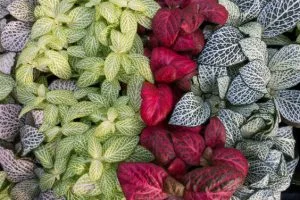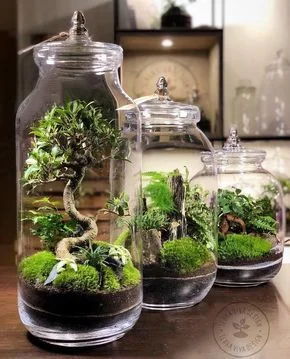Terrariums are a great way to bring a little bit of the wild into your home – especially if it is designed with plants that you have foraged from the wild. However, not all plants can survive and thrive in a terrarium. Reasons being that temperatures in the terrarium are a little higher than external temperatures – covered in further detail in our terrarium workshop. Here are 5 popular plants that are often used for terrariums.
Plant #1: Fittonias
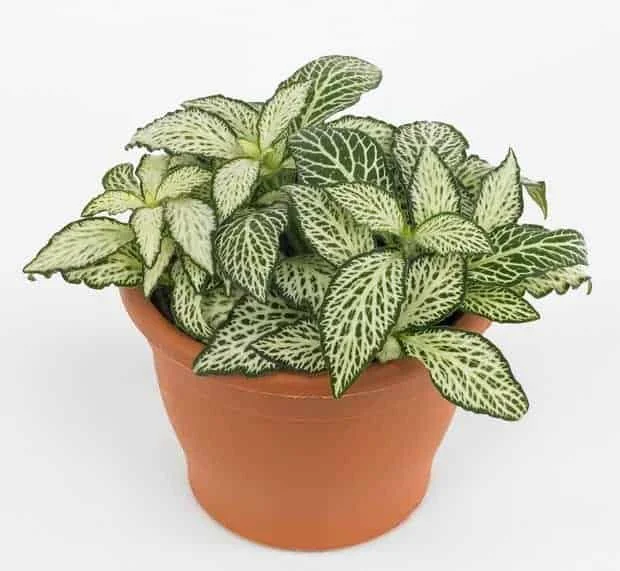
Source: Ecoponics
Also known as nerve plants, fittonia plants are a popular choice amongst terrarium enthusiasts because of the intriguing nerve like patterns of its leaf vein. If kept well, it can grow up to 10 – 15 cm tall. Here are 3 important tips on caring for your fittonia plants.
- Keep your fittonia plants away from direct heat sources. Common examples are CPU monitors and the kitchen.
- Fittonias are extremely sensitive to direct sunlight. Hence do not expose them to direct sunlight – Ambient light will suffice.
- Water your fittonias once a month if you are maintaining a close terrarium and once every week if its an open terrarium.
Note: Nerve plants come in various colors ranging from red (popular request from our terrarium workshop) and white to green.
Plant #2: Moss
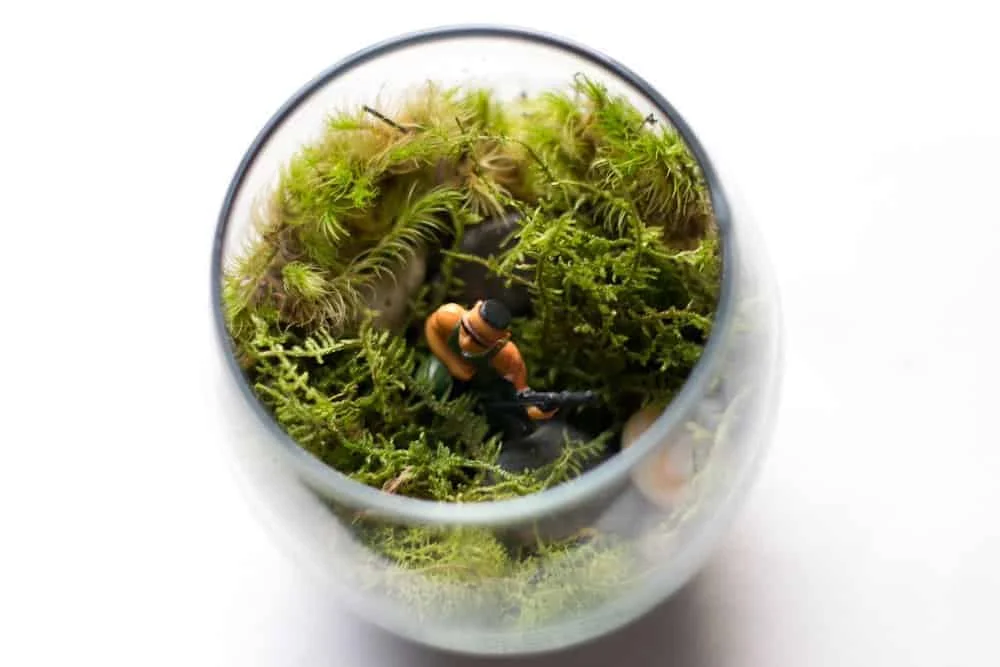
Source: Ecoponics
A great way to bring a little bit of the wild into your home is to have a moss garden i.e. a terrarium made with moss. For your moss to not wither away and thrive within the confines of your terrarium, here are the steps you need to adhere to:
- Although mosses thrive better in damp environments, be careful not to over water it. Mist water it regularly and be sure to fully water it twice weekly!
- Even though mosses prefer shady environments, it still requires sunlight. Because the amount of lighting in every home is different, we suggest that you try out various locations in your home or office that have different levels of shade. Do so till you discover the right location with the optimal amount of lighting for your moss!
- Only prune the part of the moss that is dying or causing unevenness by growing too fast.
Plant #3: Air Plants (Tillandsias)
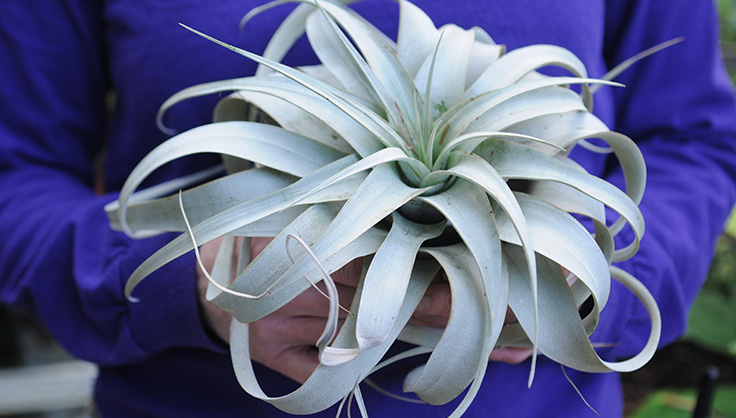
Source: Air plants (Tillandsia)
Tillandsias
Also known as Air plants, Tillandsias are plants that can thrive in the absence of soil! To take good care of your Tillandsia, do remember to:
- Expose your Tillandsias to direct sunlight. Tillandsias adore direct sunlight.
- Water your Tillandsias 2 to 3 times a week in a hot and dry climate (lesser in a cold and humid climate ).
- Air circultion: Ensure that there is enough air circulation for your Tillandias to dry within 4 hours after watering. Do not place them in areas wet with high humidity.
- The optimal temperature for Tillandsias to thrive lie within the 10 – 32 degrees celsius range.
Plant #4: Button Fern
Source: Plants encyclopedia (The button fern)
Button ferns are the smallest of the variety of Boston ferns. Button ferns have the unique characteristic of have the tiniest button-like leaflets that are golden green in color. They can grow to up a foot high. Thus they are also suitable for terrarium planting. Here are tips to care for the button plant:
- Button plants thrive under bright but indirect sunlight.
- Place your button plant terrarium in regions with moderate to high humidity.
- Do not over-water your button plant. If its leaves turn yellowish in color, it is a sign of over watering.
Interested in designing and making your very own terrarium? We at Ecoponics conduct regular terrarium workshop for both the individual and group.

